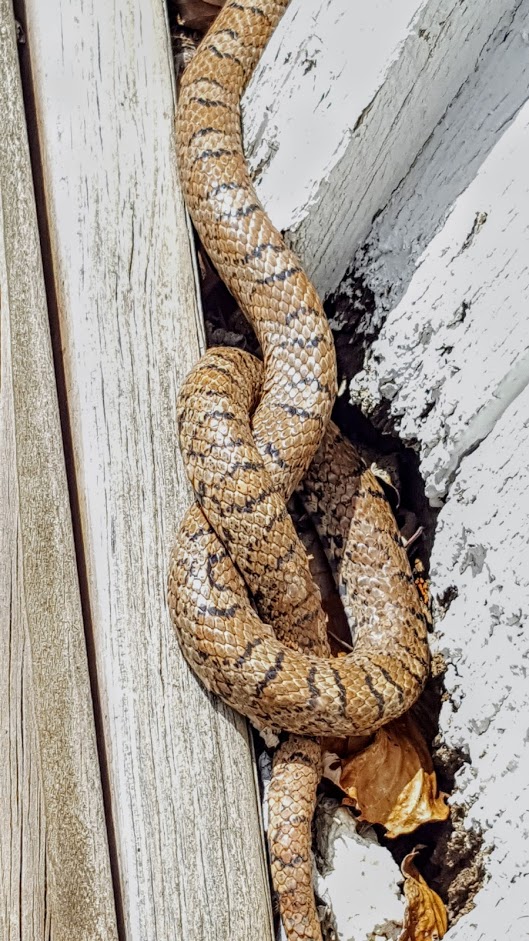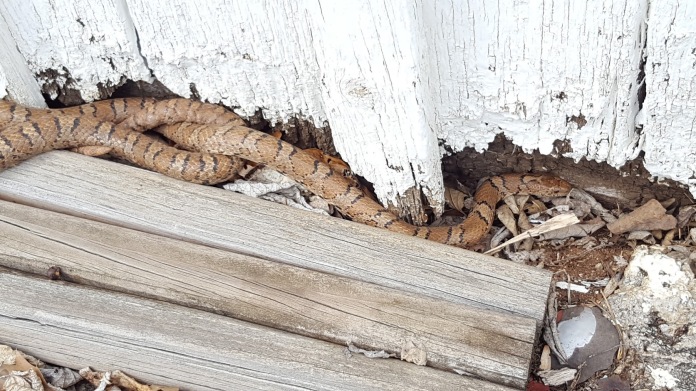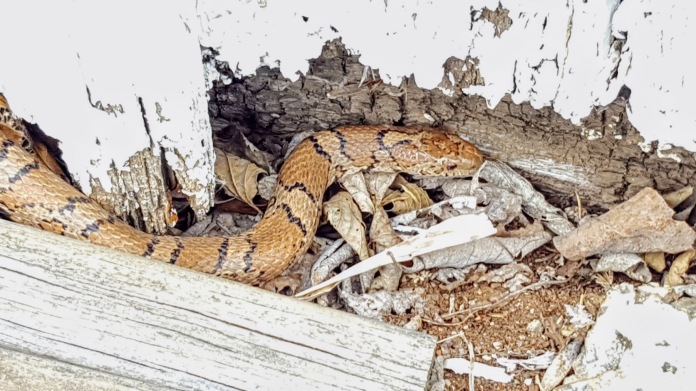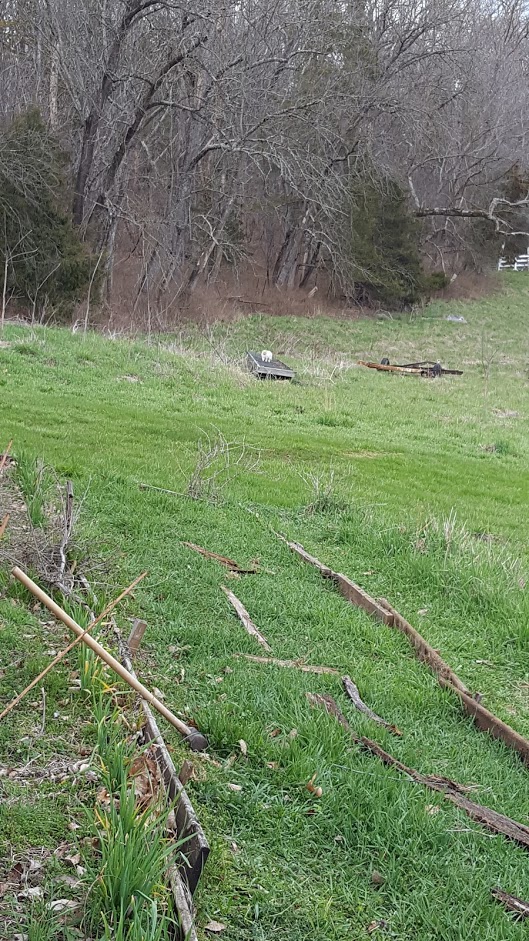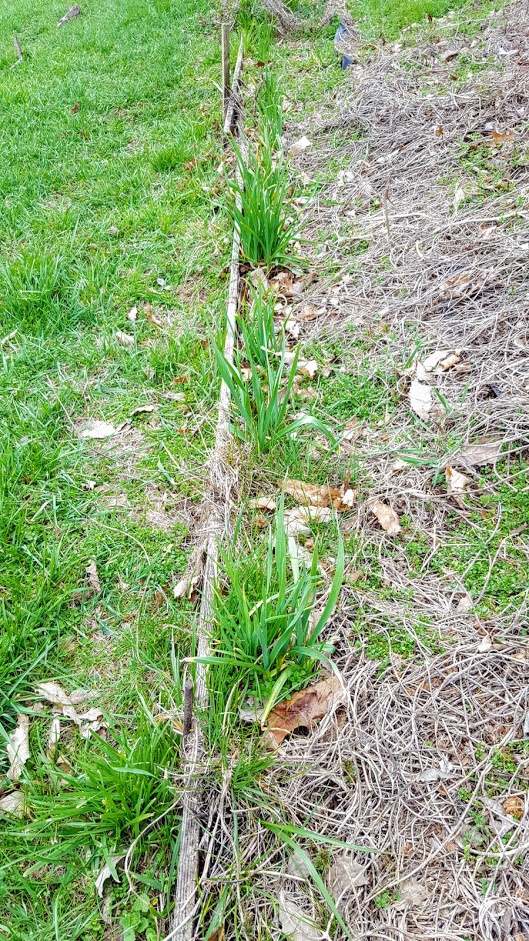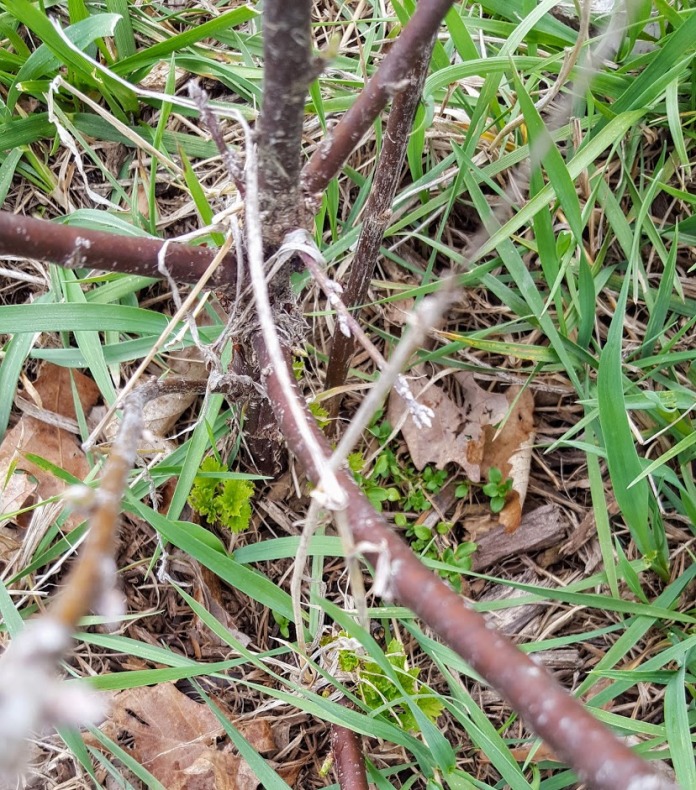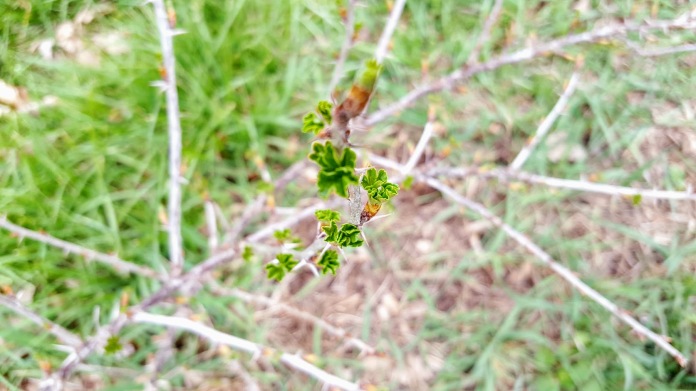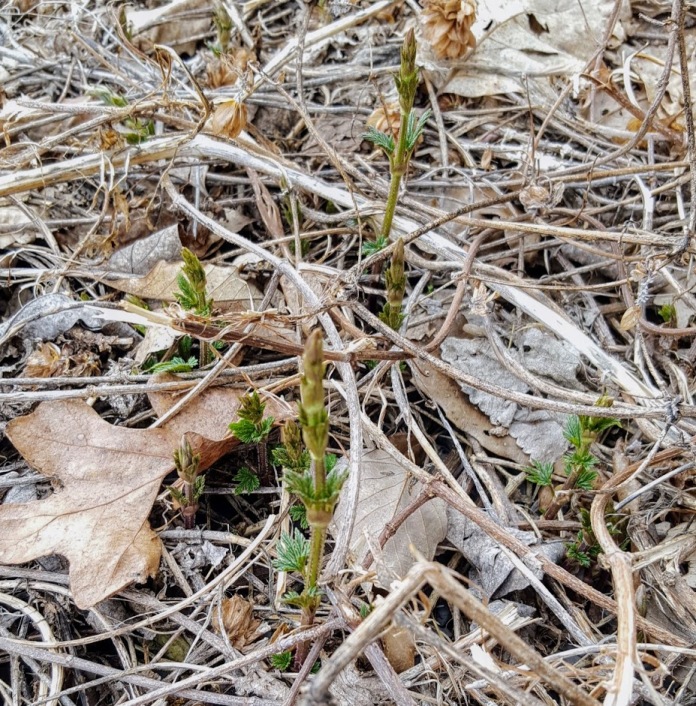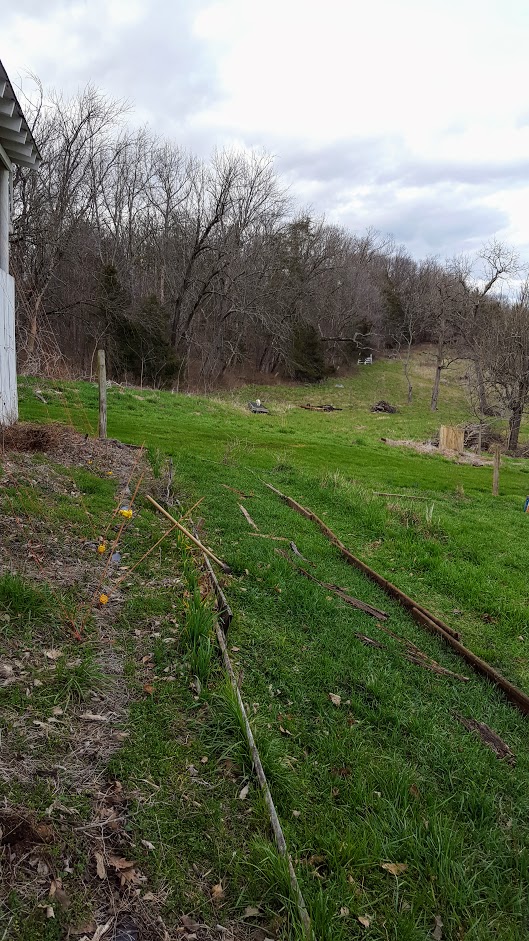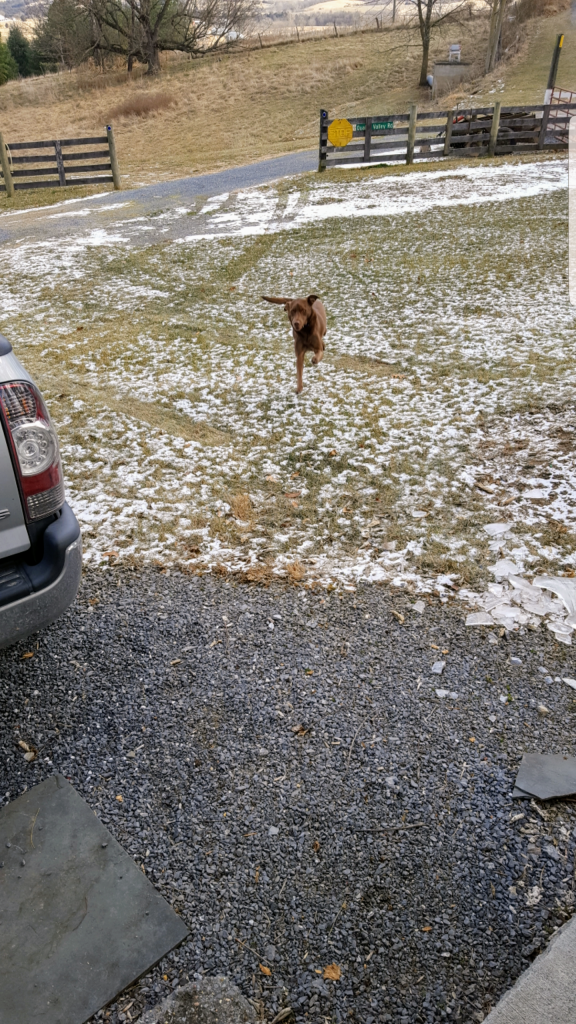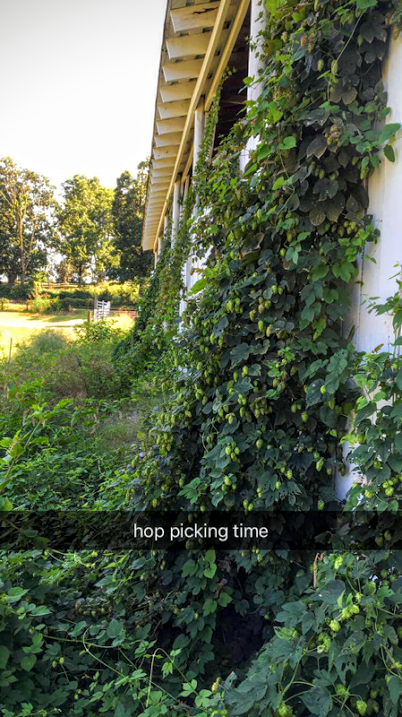So you decided to try out making cheese or yogurt for the first time. Now you have a disappointing amount of your desired product, and an alarming amount of whey byproduct. Fear not, whey is so useful, that industrial production of this once waste product has surpassed production of actual cheese!
A word of warning, whey contains a concentrated amount of the substances that cause dairy and lactose allergies/intolerances.
Nutrition
Most of the fats and proteins have been removed from the whey when the solids were extracted for cheese/yogurt. While the remaining nutrition is mostly sugars, the vitamins and minerals are valuable. A cup of weight contains 60 calories, 13 grams of carbohydrates and numerous micronutrients (source).
Ways I’ve used Whey
Yogurt whey is fermented thus packed with the probiotics that many people (including myself) pay good money for. I drink a few ounces of whey when I wake up in the morning on an empty stomach. It has a weird combination of savory with an acidic tartness that I’ve acquired a taste for…likely from my love of sour beers and kombucha. Expect the same effects as probiotics…especially if you are relatively new to the scene! Mozzarella whey is not biologically active however if I am running low on yogurt whey, I will inoculate the former with the latter.
While cheese whey lacks the good microbes of yogurt whey, it is still full of nutrition. Furthermore it’s acidic properties pull great amounts of calcium, collagen and flavor from animal parts when used as the base in a stock (my observation, no scientific basis). Before I discovered whey, I used a vinegar water base to try and achieve the same effect. With the boost in nutrition comes a boost in calories as well that should be accounted for. I usually wake up with yogurt whey and go to bed with whey-based bone broth.
Similarly, when I still ate bread nothing was better than a loaf of sourdough with the the water replaced by whey. I can’t even describe the change in flavor but it was irresistible. If I could comfortably digest the products of baking, I would be trying whey in everything!
Seeing as protein is the most expensive food source for any creature, I have fed whey to livestock as well as pets. Fair warning, introduce whey slowly and incrementally into an animal’s diet to prevent having some loose messes to clean.
As a last resort, whey can be added to the compost pile or to the soil as an acidifying fertilizinger. If you have neither compost nor acid-loving plants, find someone with a compost pile or who grows blueberries or tomatoes!
Ways I want to use whey
Whey reduced the occurrence and rate of progress of powdery mildew in squash and cucumber plants (source). It seems weekly applications of 25% whey are the most effective, but more research is needed for exact timing and quantity determinations. I may try it on my grapes for the intended purpose and to see if there is any effect on the devastating japanese beetle populations.
Next time you make yogurt or cheese, smell your hands a few hours later. They will smell like those expensive cosmetics made with lanolin. In fact the smell is such an exact match, I would not be surprised is news broke that these products were being falsely advertised. Next batch of soap that I make, I will add some whey!
I’ve come across quite a few recipes for whey-based beverages ranging from simple, refreshing lemonade to creative cocktails. Citrus flavors and whey would be symbiotically complimentary in my opinion so I am going to try them out! I will surely report back.
Lastly, I am inexplicably eager to try out fermenting food. Everything from mayo, to krauts and kimchi to salsa to anything that can be brined or pickled is on the radar. Whey is known to kickstart those processes but I’ve read some foods are better suited for whey inoculation than others. Until I can report back with real experience, I have to defer this subject to your own research.
Conclusion
These are the options I’ve encountered or researched but I am sure there are many more. Putting whey down the drain is a water pollutant and a waste of a good resource so I hope you can find a way to put it to use!
